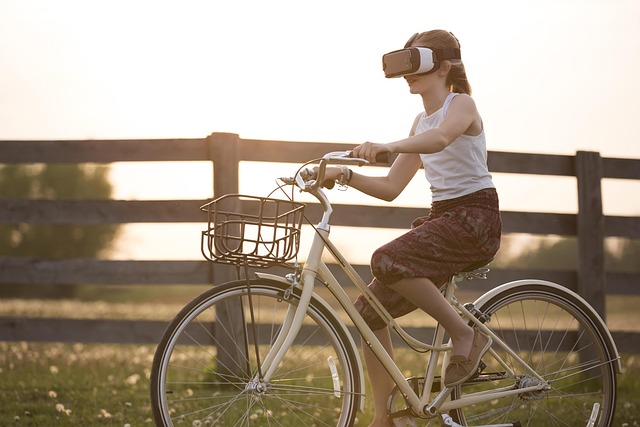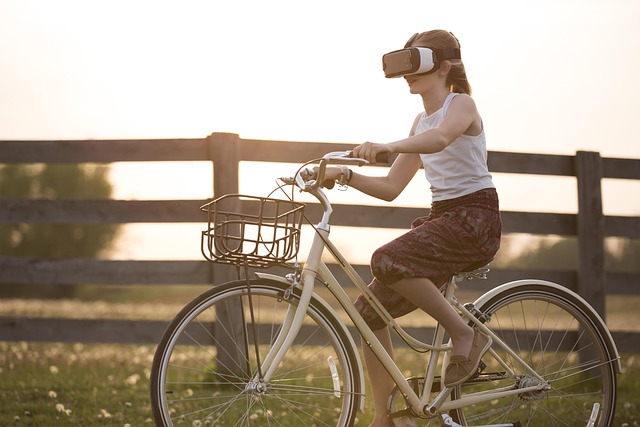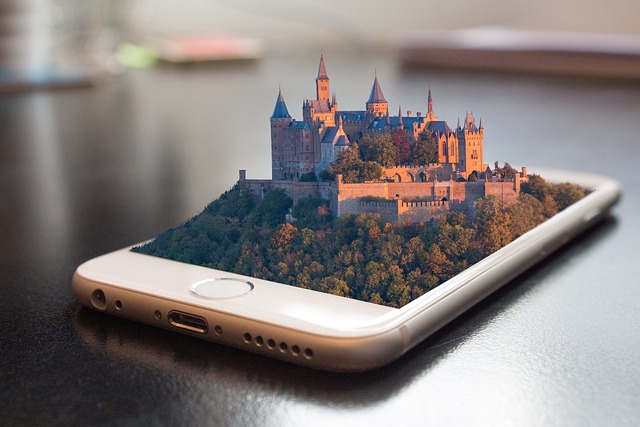
Exploring the Educational Potential of Virtual Environments
In recent years, the concept of virtual environments has evolved from science fiction to an integral part of our daily lives, particularly within the realm of education. As we stand on the brink of a technological renaissance, the possibilities brought about by virtual reality (VR), augmented reality (AR), and the metaverse are undeniably exciting. These immersive experiences are transforming how we teach, learn, and connect with one another.
Virtual Reality has redefined the educational landscape, offering learners unprecedented opportunities to engage with content in a three-dimensional space. Gone are the days of passive learning through textbooks and lectures; instead, students can now inhabit a virtual world that fosters exploration and interaction. Imagine studying ancient civilizations by walking through their reconstructed streets or diving deep into the ocean to observe marine biology in a way that was once unimaginable. With VR, education becomes an adventure, sparking curiosity and encouraging active participation.
Augmented Reality takes this a step further by blending the digital and physical worlds. By using devices like smartphones or AR glasses, students can overlay digital information onto their real-world surroundings. This application enhances learning by providing instant access to supplementary content, creating a richer understanding of complex subjects. Picture a biology class where students can examine the anatomy of a human body by simply pointing their device at an anatomical model, seeing the blood circulate and the heart pump in real time. AR creates a dynamic learning environment that captivates and maintains student interest.
The concept of the metaverse adds another layer to educational possibilities. This interconnected digital universe is not just a platform for social interaction but a space where educational institutions can create virtual campuses. In the metaverse, students can attend lectures, participate in workshops, and collaborate on projects with peers worldwide— all from the comfort of their homes. This innovation breaks geographical barriers, allowing for inclusive education and diverse collaborative opportunities, ensuring that quality education is accessible to everyone regardless of location.
As educators and technologists continue to explore the myriad ways to integrate virtual environments into learning frameworks, it becomes clear that these tools have the potential to revolutionize education. They not only enhance comprehension but also encourage learners to engage with material in a more substantive and meaningful way. With these advancements, we are ushering in a new era, one where education is not confined to the traditional classroom but is a vibrant, interactive journey that promotes creativity, critical thinking, and lifelong learning.


